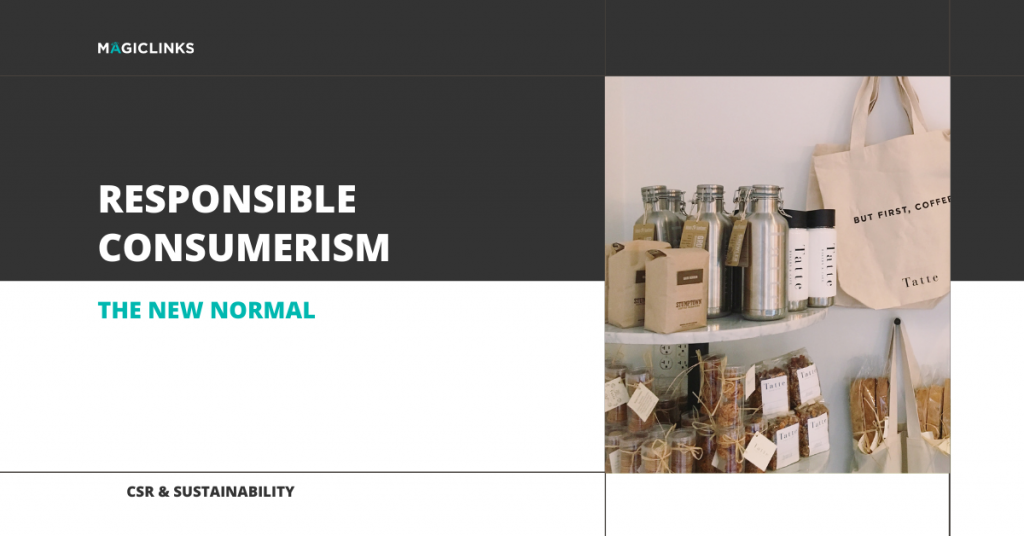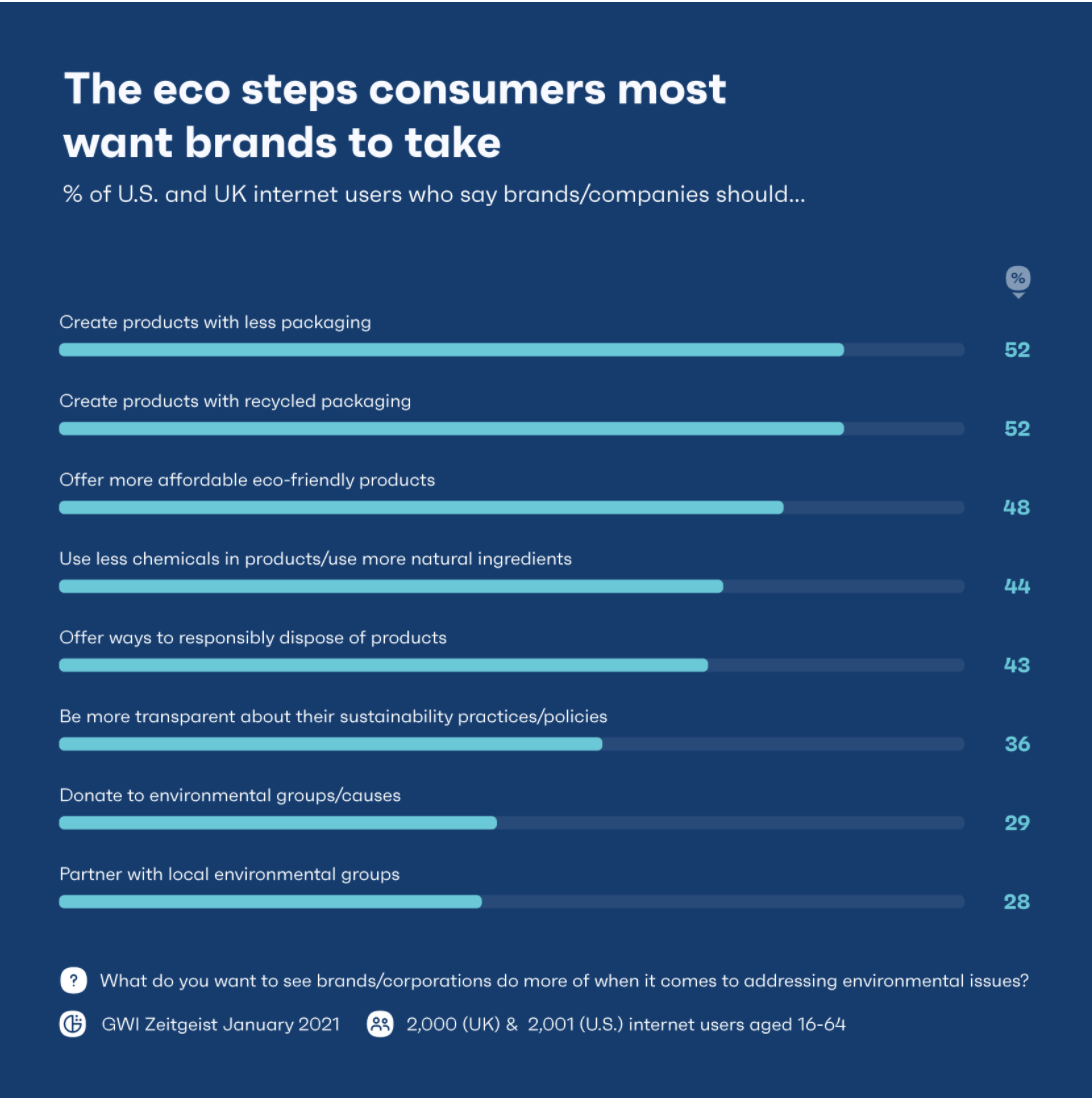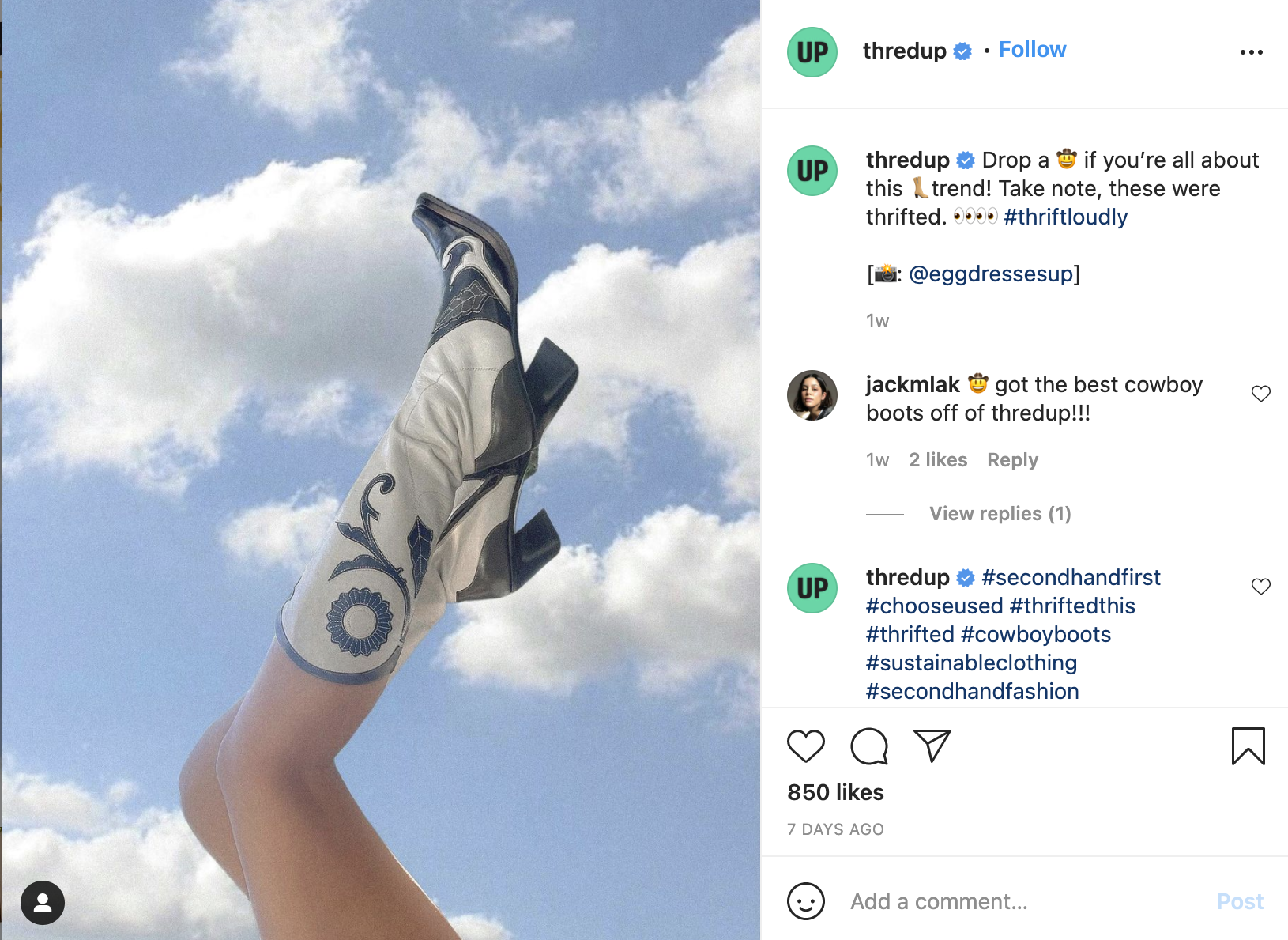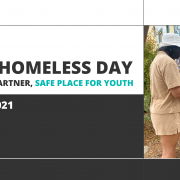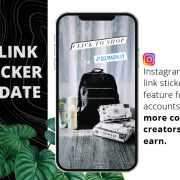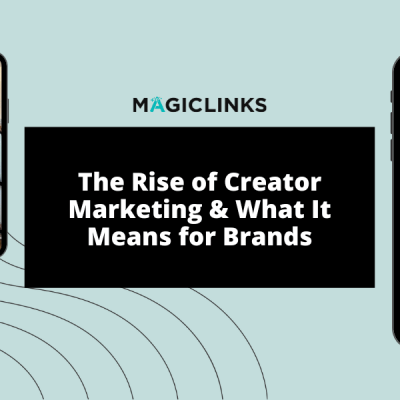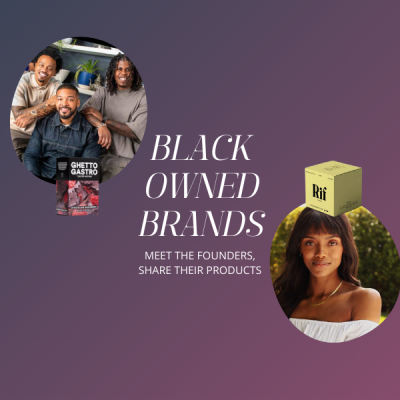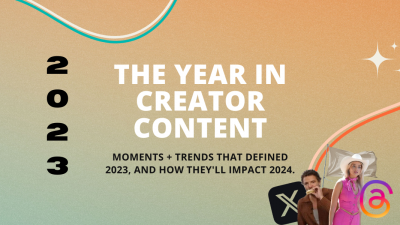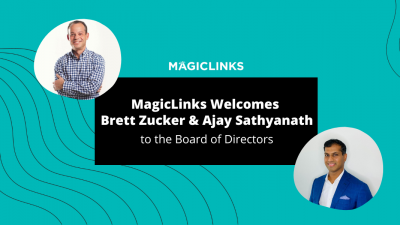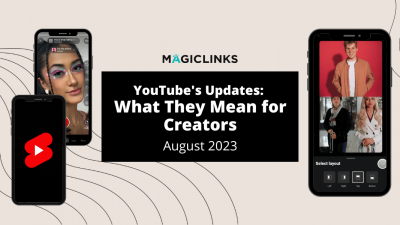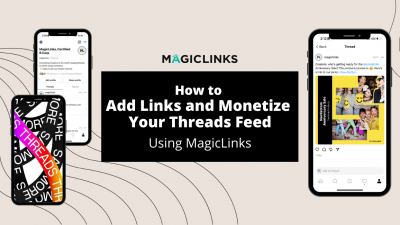Let’s dive into this growing movement, what it means and how you can do your part
You may have read or heard the phrases: “conscious consumerism,” “shop sustainably” or “ethically sourced.” Perhaps supporting brands doing good in the world is second nature to you. At MagicLinks, we support anyone on any phase of their journey to a more sustainable lifestyle. Whether you’re already one of the growing number of consumers shopping responsibly, or just learning how the whole thing works, you’re not alone.
A 2021 GWI global market research study showed that 63% of consumers believe they have the power to influence brands to change. 78% want to exert that power on brands to make society better. And Gen Z? The study revealed 20% of 16 to 29-year-olds stated they have left a brand or store due to insufficient sustainability policies.
But responsible consumerism can definitely feel like a contradiction. Throughout the millennia, humans have been programmed to consume. But now? Mama Nature can’t take it. From same-day-delivery to augmented reality shopping, we have mastered the art of instant gratification.
It’s time to shift our collective psychology around shopping and start getting curious. How are products made? Who brings them to our doorstep and where will they go when we are done with them?
Across the board, both brands and consumers are recognizing their part in responsible consumerism, because, let’s face it: it’s nice to have new things, but being a part of this movement is easier than you think. Adding small, digestible changes to your shopping routine today can lead to generational changes down the road. So let’s take a look into this “new normal” and how you can play a role.
FIRST, LET’S DEFINE
Conscious consumerism, responsible retail, ethical shopping … let’s look at it as “voting with your dollar,” and taking any social, economic or environmental impact into account when making purchasing decisions. The concept dates back to 1767, when abolitionists refused to buy goods produced by enslaved people.
Fast forward to 2021. Post-pandemic. McKinsey reports that e-commerce grew at a four times faster rate in the last year. All that “retail therapy“ during quarantine? Those cardboard boxes, plastic packing layers, and styrofoam peanuts have to be disposed of somewhere. Meet: the Great Pacific Garbage Patch. Yikes.
What about waste facilities for the rest of our shopping trash? Roughly 56% of the nine million Americans who live in neighborhoods within three kilometers of large commercial hazardous waste facilities are people of color, according to a study by the Minister for Environmental Justice.
WAIT, HOW MUCH?
So maybe you’ve looked into it, liked the idea of your favorite products being made from recycled materials, and then seen the price tags attached to sustainable products. Producing products sustainably requires a different process, which can cost more for now. But as more consumers purchase ethically made goods and services, the demand will grow and supply chains and manufacturing processes will adapt, which will drive down prices.
Aside from the greater good, let’s talk durability. A quality, long-lasting tee from, say, COS, will last much, much longer than alternatives from other fast fashion brands that contribute to already out-of-control landfills. Fast fashion goods are often made to fall apart quickly so consumers come back for more. In fact, 64% of the 32 billion garments produced each year end up in landfill.
So are we collectively “buying” into responsible shopping? Studies are conflicting on this. One Zeitgeist report earlier this year showed 60% of internet users in the U.S. and UK cite cost as the main barrier to purchasing eco-friendly products. However, Statista reports that 60% of internet users say they’ll pay more for products that are eco-friendly.
Our take? Voting with your dollar doesn’t have to break your budget. No brand is perfect, but look at fashion brand Princess Polly, who keeps prices low while maintaining a stellar sustainability program. Start small and remember that being mindful of each decision can lead to seismic, positive change for society overall. We’ll give you more ideas below, but first, let’s talk big business.
SIFT THROUGH THE MYTH
The first myth to bust is that buying from big corporations always fuels the problem. While we encourage shopping local and supporting small businesses, there can be power in size, so each method can have its merits. Since the public fiascos when corporations abused the environment or surrounding community, businesses have been faced with mounting pressure to protect both the planet and its people.
Big brands like Lego and Macy’s can have a massive impact with our collective dollars, like Este Lauder famously raising $500 million to support “health and rights for all” through the sales of their M.A.C VIVA GLAM lip products alone. Or Tom’s Shoes investing a third of profits in grassroots efforts and donating a pair of shoes for every one they sell. ASOS, along with 35 other brands, signed on to the 2025 Sustainable Sourcing Challenge, pledging to source 100% more sustainable cotton by 2025. So big companies can certainly have big impact for good.
The problem then can become “greenwashing,” when businesses use sustainable buzzwords without adequate actions to back them up in order to gain consumers’ trust. Example? That tee shirt “made from recycled materials.” A quick read of the fine print can show that less than 1% of it actually is. It’s a growing problem within the overarching trend when brands exploit consumers’ desire to retail responsibly. In fact, the ICPEN revealing as many as 40% of environmental claims found online could be misleading consumers into making purchases. So do a quick gut check, and don’t believe everything you read.
How to spot greenwashing? Search brands websites for answers to how it treats its workers, how well they are paid, working conditions … Do they offset their carbon emissions? What types of materials are used and do they use a third-party certifier to validate their claims? If everyone does a bit of homework, we could vastly influence consumer trends.
BRANDS DOING IT RIGHT
There are, however, many, many brands nailing this movement and it’s only gaining momentum. In fact, Nielsen reports that the U.S. sustainability market is projected to reach $150 billion in sales this year. More and more brands are building give back initiatives into their DNA. A quick internet search will produce loads of companies donating to important causes, protecting the planet and enriching the communities around them.
In the world of increasing online shopping, packaging has become more important than ever. In fact, in a Harper’s BAZAAR poll, over half of consumers say they want brands to use more recyclable materials in their packaging or less packaging in general. We love how brands like Schick, Ulta and Aveda are taking this seriously. In fact, more than 85% of Aveda’s skin care and hair styling PET bottles and jars contain 100% post consumer recycled materials.
Or Girlfriend Collective’s ethically made active clothing line. Their packaging is recyclable and their products are made from at least 79% recycled materials — a high ranking factor in what consumers want to see more of.
SUSTAINABILITY SUPERSTARS
And then there are the social media influencers doing their part to spread the word on brands doing well by doing good. Edelman reports that 67% of women consult influencer recommendations when shopping for beauty products, making influencers the #1 source of beauty information for female shoppers. The hashtag #cleanbeauty alone has 3.5M posts on Instagram and 465.1M views on TikTok, so creators play a vital role in giving this movement street cred.
McKinsey reports that 86% of companies use influencer marketing, so the potential to reach target audiences is easier than ever. Look at MagicLinks’ Earth Month campaign, where Elena Taber and Christine Le celebrated both the planet and eco-friendly brands like TheRealReal, Credo Beauty, Ilia Beauty and Versed Skincare.
Partnerships like this showcase that there is a demand for brand responsibility. Edelman reports that 23% of shoppers claim to have stopped buying a certain brand because of their sustainability policies alone. So we encourage creators to talk about the actions they see companies taking around environmental and social impact.
Now this is where a super important concept comes into play: progress not perfection (shout out to Prana for doing this right). We spoke with some creators in our network who say they can feel hesitant to talk about sustainability on their channels because of the backlash from followers for not being perfectly sustainable, 100% of the time. But the truth is, the majority of people do not shop sustainably, so if creators can enlist anyone to embark on their sustainability journey in any capacity, we consider it a win!
Recognition that no one is perfect is key, so we need to support each other on our individual journeys toward a better collective good Next time you notice your fave influencer talking social responsibility – comment with some love – this can be part of your own plan to be the change you want to see in the world <3
SOLUTIONS
So, how do we get started? There are tons of great resources for shopping responsibly on a budget, but the first and most easy step is to start exploring what resonates with you.
Get familiar with sustainable fashion brand directories who have done the digging into brands’ social impact and sustainability practices for you, like re/make, Panaprium and Good On You. Look for a ‘sustainable products’ section when shopping your favorite websites. Search for a company’s CSR or impact report (here’s ours!) and ask yourself: Does this brand feel authentic? Are their efforts proportionate to their size? How do they treat their employees? Educating yourself will help you feel more confident voting with your dollar and seeking out alternatives.
Next, we love The Five R’s of Fashion: Reduce, Rewear, Recycle, Repair, Resell. The technical term for this is “Circular Economy,” and it’ brilliant. The idea is to carefully consider each purchase, reuse existing products where possible, buy products built to last and support putting goods back into the economy to be remade or repurposed, rather than creating more landfill waste. Look at Christy Dawn, who repurposes leftover fabrics from other fashion companies to create their unique “Deadstock Collection.” Another easy win: thrifting! Check out our recent #ThriftFitChallenge for National Thrift Shop Day to find great inspo for Fall thrifting trends!
There are also tons of brands offering super innovative buy back, recycling and reuse programs. Eileen Fisher not only designs clothes to last, when you’re done with them, they “take them back to be worn, and loved, all over again.” Levi’s has a second hand line with a brilliant concept: “If everybody bought one used item this year, instead of buying new, it would save 449 million pounds of waste.” Mud Jeans actually lets you lease several pairs of jeans throughout the year to keep your style fresh and your responsible shopping on point.
Next up: shop local! Supporting nearby businesses is responsible on many levels: it eliminates the packaging and carbon footprint of shipping and delivery and keeps jobs in the community. It also contributes to a robust local economy and materials often travel lesser distances to get to the store, meaning fewer automobile miles. Find small and medium sized businesses in your community making ethical decisions. Foster personal relationships. Build community. Show your support!
Double points? Shop local + support small businesses. Small and medium-sized businesses often have the advantage of being able to source goods and services locally. This gives them more control over choosing quality suppliers and sustainable materials. SMEs can also have direct access to supply chains to guarantee ethical working environments firsthand. Oh and the chances of seeing someone with the same shirt on are way less than buying from big box retailers.
When you can’t shop local, def still scope smaller businesses online with solid sustainability practices, like Necessaire personal care products or Hush weighted blankets. Hush donates blankets to children with special needs with your purchase. Honeybum even sends you a packet of seeds with your purchase to support bees who fuel our cotton supply!
Now more than ever, there are more brands making impact and taking strides in sustainability. For example, B Corps are companies that have passed rigorous certification processes to “meet the highest standards of verified social and environmental performance, public transparency, and legal accountability to balance profit and purpose.” Their directory of Certified B Corps is a great resource to find new brands to follow (fun fact: ML is the first and only social commerce tech company to get B Corp status!).
So whether you buy those next kicks you’ve been eyeing from Adidas, who uses a variety of recycled materials in their sustainable products line, loan them used from Rent the Runway , thrift it from ThredUp or find a sleek alternative from your favorite local small business, you are part of this movement.
From all of us at MagicLinks, we salute you! The more of us demanding responsible practices from brands, the more it will raise industry standards and lower price tags — let’s do this. Tell us what is working for you on your path to a more sustainable lifestyle and continue following us on our own journey here.
Takeaways:
- Get curious and enjoy the process of learning how to make decisions that feel better.
- Authentically share your journey with others and support people in whatever phase of their sustainability journey they are in.
- Progress not perfection! Small steps = seismic change.
SOURCES:
- https://agood.com/blogs/stories/conscious-consumerism
- https://www.readersdigest.co.uk/lifestyle/home-garden/how-to-shop-sustainably
- https://www.procoglobal.com/insights/retail-update-ethical-sourcing-june-2021/
- https://www.pwc.com/gx/en/industries/consumer-markets/consumer-insights-survey.html
- https://www.globalwebindex.com/hubfs/Reports/Connecting%20the%20Dots%202021.pdf?utm_campaign=Connecting%20the%20dots&utm_medium=email&_hsmi=100470733&_hsenc=p2ANqtz-_Oj6rXpnSXHg_64WP9ccg8RCmR7nEfSiYd-u9R2iB9fAT_lYojTAwD761iV5boKG6mblJHg_AiZhA0WMF5TOHSozGXn3UCVzvzYDcvC8fHMxUb6uk&utm_content=100470733&utm_source=hs_automation
- https://www.fastcompany.com/90310006/we-need-to-debunk-some-big-myths-about-conscious-consumers
- https://logandeyo.medium.com/the-damaging-effects-of-instant-gratification-and-our-shopping-habits-b39fb98c9b4a
- https://adage.com/article/cmo-strategy/earth-day-2021-how-brands-are-responding-consumer-demands-sustainability/2329786
- https://www.un.org/sustainabledevelopment/takeaction/
- https://www.mckinsey.com/featured-insights/coronavirus-leading-through-the-crisis/charting-the-path-to-the-next-normal/how-e-commerce-share-of-retail-soared-across-the-globe-a-look-at-eight-countries
- https://getbyrd.com/en/blog/rise-of-sustainable-ecommerce/
- https://www.nationalgeographic.org/encyclopedia/great-pacific-garbage-patch/
- https://www.ucc.org/wp-content/uploads/2021/03/toxic-wastes-and-race-at-twenty-1987-2007.pdf
- https://shopwithgoodintent.com/blogs/news/why-sustainable-products-cost-more-and-why-you-should-be-willing-to-pay-for-them
- https://www.statista.com/study/89198/sustainable-consumption-in-the-us-report/
- https://www.boody.com.au/blogs/eco/10-reasons-why-its-important-to-shop-local#
- https://icpen.org/news/1147
- https://www.nielsen.com/us/en/insights/article/2018/was-2018-the-year-of-the-influential-sustainable-consumer/
- https://www.harpersbazaar.com/uk/beauty/beauty-shows-trends/a30279675/2020-beauty-trends/
- https://www.edelman.com/news-awards/two-thirds-consumers-worldwide-now-buy-beliefs
- https://www.mckinsey.com/~/media/McKinsey/Industries/Retail/Our%20Insights/The%20state%20of%20fashion%202020%20Navigating%20uncertainty/The-State-of-Fashion-2020-final.ashx
- https://www.edelman.com/trust/2021-brand-trust/brand-equity
- https://goodonyou.eco/5rs-of-fashion/
- https://delvify.ai/what-is-a-circular-economy-in-the-ecommerce-world/
- https://www.honestlymodern.com/environmental-and-economic-reasons-to-support-local-business/#:~:text=Shopping%20small%20and%20supporting%20local,neighborhoods%20and%20towns%20more%20resilient.

